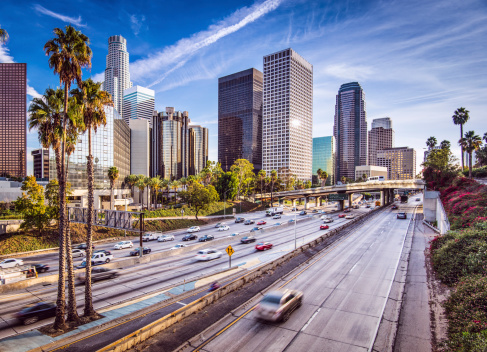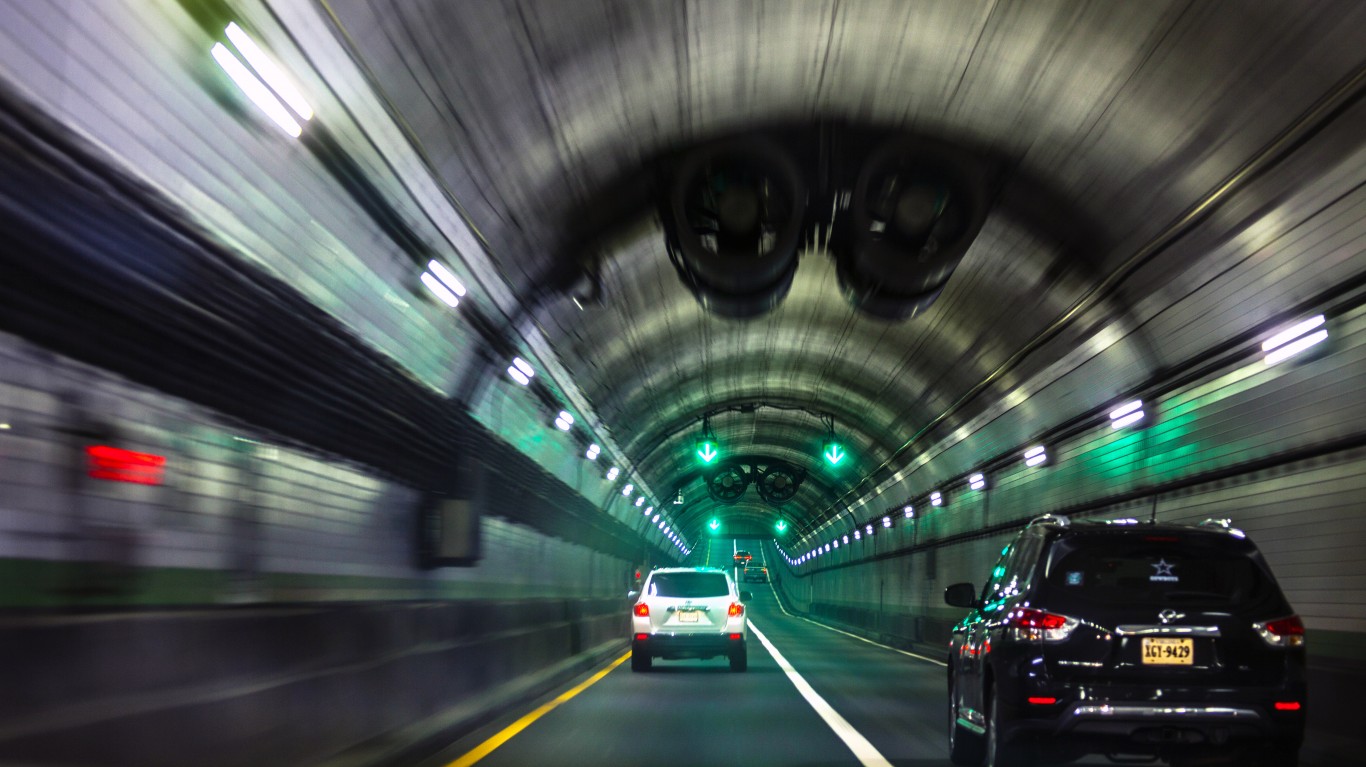In a sign of the rise of Uber as a mode of transportation, traffic to its website reached 3.2 million unique visitors in the United States during January, up 740% from January 2014. However, traffic has peaked for the time being. Perhaps the extraordinary rise in Uber’s core business of connecting riders to cars has leveled as well. Or Uber may be using other means to drive its business.
Compete, an audience measurement business, shows Uber traffic was as high as 3.5 million in December. The drop in January could be related to at least three things: 1) people use the Uber app to look for its cars rather than going to Uber.com, 2) the December number was due to peak holiday travel, or 3) people are using other means to travel locally by car, which include Uber’s primary competitor Lyft.
Uber, which started in 1999 and, according to the company, operates in 200 cities, has been blocked from doing business in some new metropolitan areas its management has targeted. A small example is Bloomington, Illinois. It does not “comply with local services” according to the local paper, the Pantagraph.com. Uber has also been blocked in larger venues which including Spain. In other cities, local cab drivers have objected to the competition. According to Crain’s New York Business, some cab companies in the nation’s largest city have suffered from profit erosion, almost certainly because of Uber’s presence.
ALSO READ: Cities Where No One Wants to Drive
Because many people call Uber cars from places other than their homes and businesses, Uber heavily promotes it app, which is a means to diversity beyond Uber.com. Customers see aggressive promotion of the app as soon as they visit Uber’s main site. Uber probably sees portable apps as better than desktops as a way to serve customers.
The main reason Uber needs to be anxious about any plateau of its business is that people have turned elsewhere for similar products. Lyft’s service is nearly identical to Uber’s, right down to the encouragement of app downloads.
The effect of holiday travel is the hardest to measure. In theory, people traveled more locally to shop and visit friends. The only reliable sources of information about this are Uber and Lyft, and it is data they likely won’t release for competitive reasons.
If website traffic appropriately measures Uber’s value, it has not undermined investor enthusiasm. According to several media sources, Uber should close a round of financing for about $1 billion soon. The New York Times reports that Uber’s valuation was set at $40 billion.
Traffic to Uber.com has flattened after rapid growth. However, based on the success of the service among consumers and investors, the recent traffic trend apparently makes little difference.
It’s Your Money, Your Future—Own It (sponsor)
Retirement can be daunting, but it doesn’t need to be.
Imagine having an expert in your corner to help you with your financial goals. Someone to help you determine if you’re ahead, behind, or right on track. With SmartAsset, that’s not just a dream—it’s reality. This free tool connects you with pre-screened financial advisors who work in your best interests. It’s quick, it’s easy, so take the leap today and start planning smarter!
Don’t waste another minute; get started right here and help your retirement dreams become a retirement reality.
Thank you for reading! Have some feedback for us?
Contact the 24/7 Wall St. editorial team.

